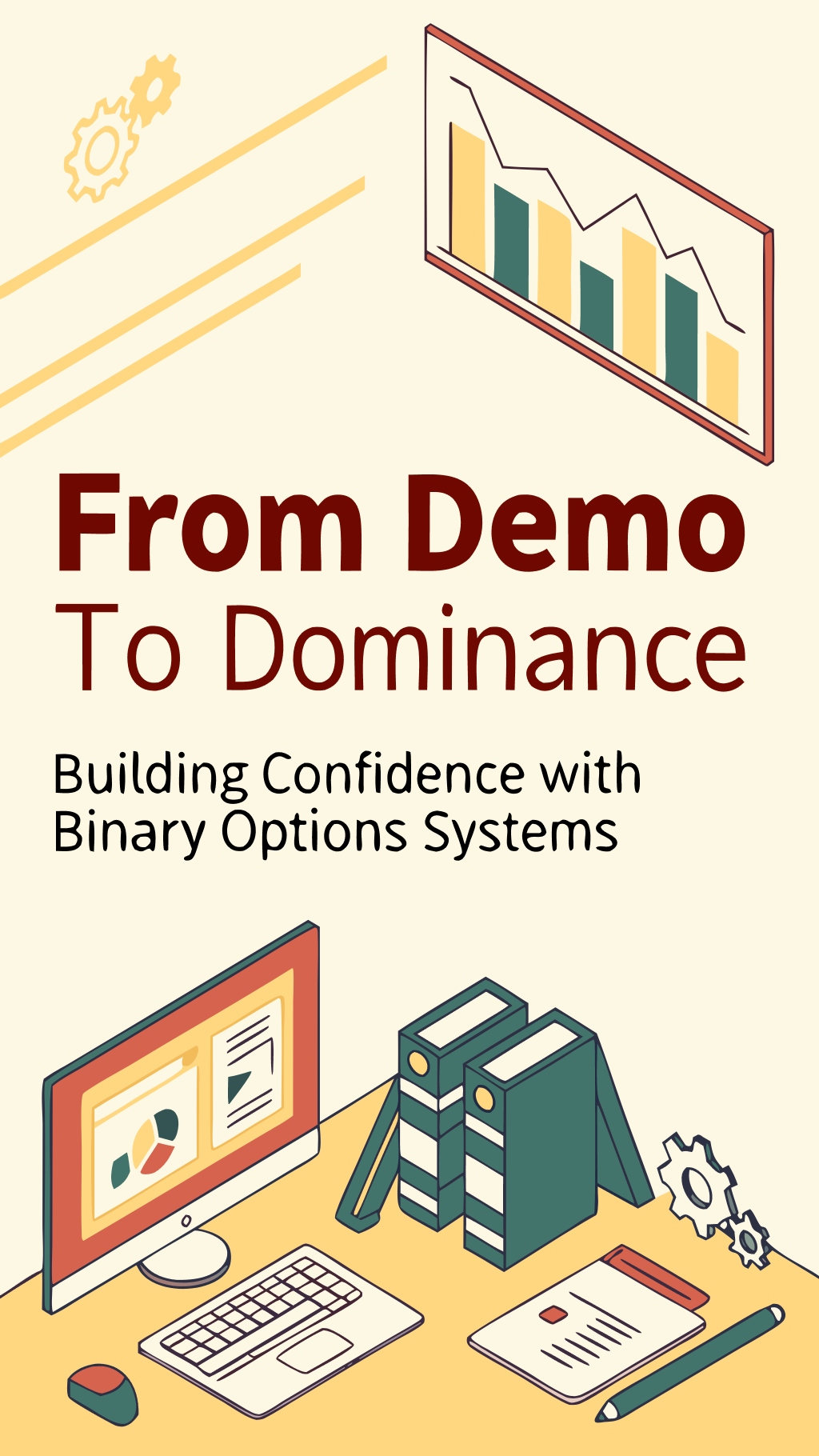From Demo to Dominance: Building Confidence with Binary Options Systems
Think of yourself as an emerging hunter, not charging into the wild unprepared, but first honing your instincts in a controlled setting—practicing shots at targets, studying tracks, and building the muscle memory to strike true when it counts. That’s the path from demo to dominance in binary options systems like NADEX RED 2.0, where you start in simulation mode, groove into the rhythm, and gradually step into real hunts with unshakeable poise. It’s not about blind leaps or hasty risks; it’s the disciplined progression that turns novices into masters, stalking patterns with precision and pouncing on opportunities that stack real wins. In this post, we’ll map out strategies for this journey, inspired by RED 2.0’s emphasis on demo practice and measured scaling, using historical charts to identify repeatable edges that forge skills for life. We’ll blend psychological insights with practical steps, showing how patience in the demo phase sets you up to command the markets with confidence.
The foundation of building confidence lies in treating demo trading as your training ground—a place to internalize the system’s mechanics without the sting of real losses. NADEX RED 2.0, designed for 20-minute binary expirations, advises starting with home study: watch the video course, jot down questions for support, and dive into historical data to see the strategy in action . This isn’t rushed; it’s about absorbing the entry tactics, like spotting momentum bursts on 1-minute bars for assets such as the US Small Cap 2000, and riding them to expiration without interference . Psychologically, demo mode builds mental resilience by letting you experiment freely—test setups, track outcomes, and refine your eye for those explosive price surges that define high-probability trades. Without the pressure of live funds, you avoid emotional traps like doubt or overtrading, instead cultivating the calm focus of a hunter memorizing the terrain.
One key strategy: leverage historical charts to spot patterns that lead to lifelong edges. Platforms like barchart.com offer intraday data beyond what’s on tradingview.com, allowing you to review prior days and backtest RED 2.0’s approach . Study sessions where the system logged 18 wins against 5 losses for $6,500 on 10 contracts, or even a 100% winning day with 20 wins to 6 losses netting $7,000 . Identify common threads—those momentum bursts that consistently ride to profitable expirations—and practice replicating them in demo. This historical grooving turns abstract rules into intuitive skills; you’re not just learning, you’re ingraining the discipline to wait for quality signals, pouncing only when the setup aligns perfectly. Over time, this repetition shifts your mindset from tentative to dominant, where trades feel like natural extensions of your sharpened instincts.
Transitioning from demo to real money demands even more strategic patience—scale gradually to preserve your growing confidence. RED 2.0 stresses starting with the smallest position size, only increasing when it feels calm and right, after you’ve grooved into the system through demo . Begin with one contract, targeting modest nets like $887.50 over four days from the samples, then build to 10 for an $8,875 daily average . This methodical ramp-up tests your psychology in live conditions: can you maintain composure amid real volatility, or does fear prompt hasty exits? By stalking this progression—monitoring your emotional state as closely as the charts—you avoid the pitfalls of scaling too soon, which can shatter budding confidence with amplified losses. Instead, each successful step reinforces your edge, turning isolated demo wins into a compounding reality.
Contrast this with jumping straight into live trading without prep, a common trap that erodes confidence faster than market reversals. Without demo grounding, you’re like a hunter fumbling in unfamiliar woods—prone to misses that breed frustration. RED 2.0 counters this by promoting a supportive path: use the members’ back office to submit annotated screenshots for quick clarifications, ensuring you grasp nuances before going live . This builds not just skill, but the mental fortitude to handle subpar days, like the sample’s 9 wins to 8 losses netting only $500, viewing them as learning curves rather than failures . The result? A trader who dominates with poise, scaling to 100 contracts for $88,750 potential daily, all rooted in demo-honed discipline .
To put it into practice, structure your journey like this: dedicate initial weeks to pure demo, logging every simulated trade and reviewing against historical patterns. Track your “groove”—that point where entries feel instinctive—and only then dip into real funds at minimal size. Use support for any hurdles, focusing on the fun of quick profit grabs in just a couple of hours, as RED 2.0 enables . This isn’t about speed; it’s the patient build that fosters dominance, where confidence stems from proven repetition, not luck.
In closing, moving from demo to dominance in binary options systems is a masterstroke of strategy and psychology—stalking knowledge through historical study and demo practice, then pouncing on real opportunities with scaled precision. As RED 2.0 illustrates, this path creates traders who wield lifelong edges, commanding profits with the ease of a seasoned hunter. Skip the shortcuts; they only delay true mastery. Instead, commit to the groove, and watch confidence propel you to consistent wins. What’s been your biggest demo breakthrough, or the hurdle holding you back? Share in the comments—let’s build that dominance together.







